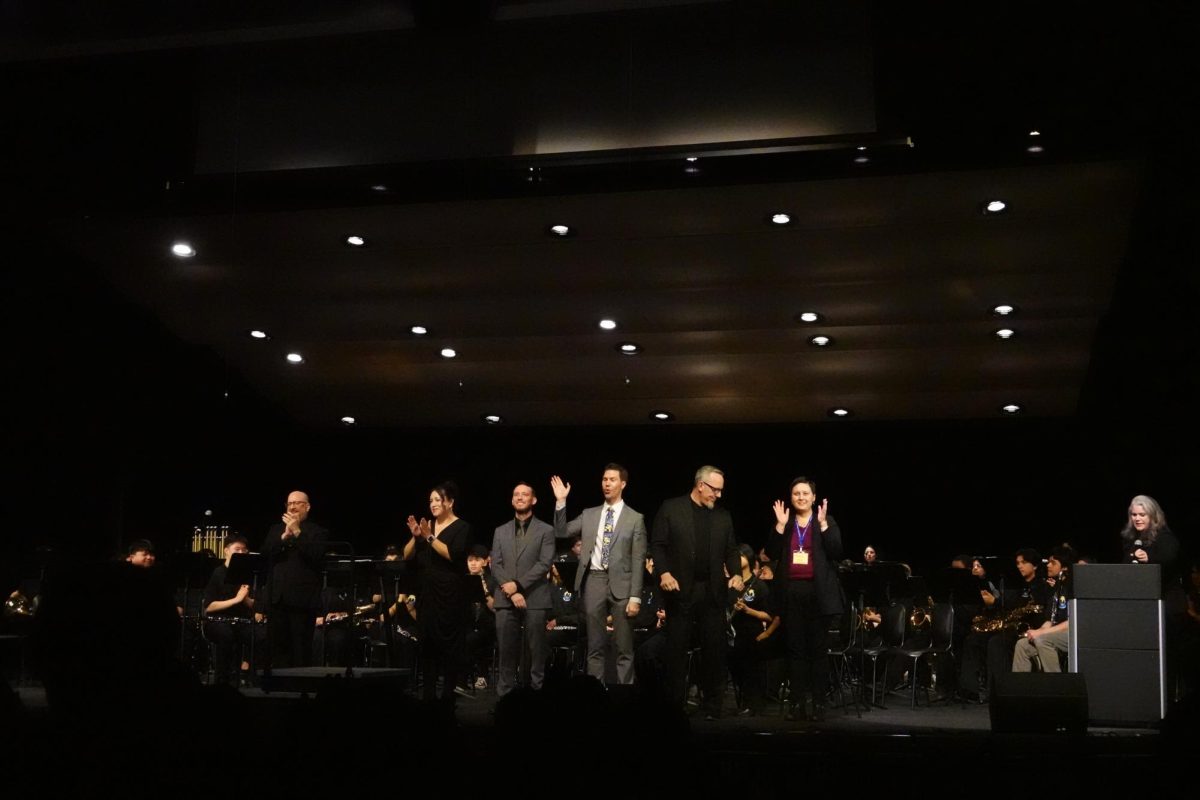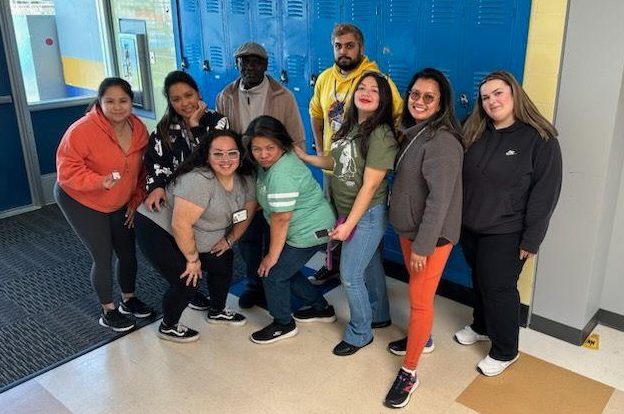The 2024 U.S. presidential election is shaping up to be one of the most controversial races in recent history. This year, the political landscape has been notably different, with new and recurring issues distinguishing it from past elections. A key development is the emergence of Vice President Kamala Harris as a prominent contender, shaking up the traditional party lines as she is the first woman of color to run for president.
“Opinions change week to week, initially when Kamala Harris became the nominee for president there was quite a bit more excitement around her,” said Government and Economics teacher Dallen Terrell. “That excitement has now died down, especially after the debate.”
The election has been marked by significant shifts in voter demographics and political alignment; some notable shifts being a growing trend of younger voters, increasing influence from oppressed communities, social issues becoming progressively central to voter decision-making, and more working-class voters shifting to the Republican Party. These changes in demographic are partly due to heightened awareness and mobilization efforts by various advocacy groups and political organizations. Since President Joe Biden’s sudden departure from the presidential race, the democratic and republican parties have experienced sharp internal divisions.
Harris’ late entry has limited her ability to fully define her candidacy and build a robust campaign. Despite this, she has quickly become a central figure in the contest, presenting a challenge to the Republican frontrunner, former President Donald Trump.
Trump’s campaign has faced its own hurdles, despite hopes from his allies that he would regain momentum, his campaign has struggled with controversies and a declining approval rating.
The first presidential debate of 2024, held at the National Constitution Center in Philadelphia, highlighted the contentious nature of this election. During the debate, Trump and Harris engaged in a heated exchange; with Trump frequently pivoting to issues of immigration and promoting conspiracy theories, while Harris focused on economic concerns and abortion policies.
The debate was particularly notable for its intense discussion on abortion. Harris criticized Trump’s stance by highlighting the difficulties women face and their access to healthcare, stating that women are “bleeding out” in parking lots. She referenced how women must resort to unsafe abortion methods due to the safer and legal options being restricted by disuse of Roe v. Wade. Trump, on the other hand, sidestepped a direct question about his position on a national abortion ban to focus on other issues.
The debate also revealed the proliferation of false and misleading claims. Both candidates faced scrutiny over their statements, including inaccurate comments about job growth and a baseless accusation against Haitian immigrants. This pattern of misinformation reflects a broader trend in the election, where candidates often rely on rhetoric over accuracy.
Overall, the 2024 election is characterized by a more fragmented political landscape, evolving voter demographics, and a heightened focus on contentious issues. The competition between Harris and Trump is emblematic of these changes, each candidate navigating a complex and polarized political environment. The race promises to be a dramatic one, with significant implications for the future direction of policies and governance in the U.S.






















